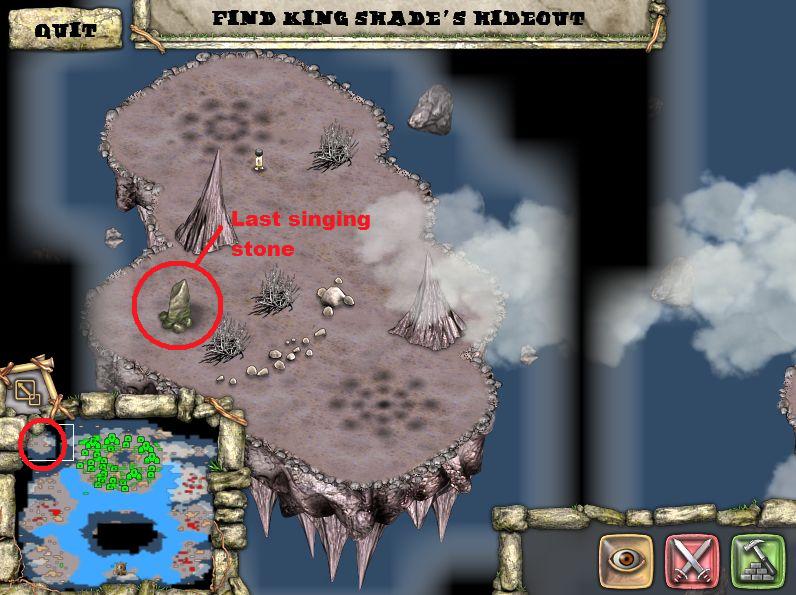


Also included in the Lao Theung population are Katang, Bru, Kui, Laven, Mal, Phai, Katu, Lave, Ngae, Jeh, Khuen, Jeng, Alak, Ir, Kasseng, Khlor, Aheu, Bo, Halang, Doan, Hung, Xinh Mul, Khua, Arem, Bit, Chut, Maleng and Mlabri. The largest single group (11% or 500,000 people) is Khmu (Khmou, Kmhmu, Khammu, Khamu, Kammu). The Lao Theung generally include Mon-Khmer peoples which are among the indigenous peoples from the Mekong River valleys. Lao Theung are culturally distinct from both the Lao Loum and Lao Sung. The Lao Loum occupy the Mekong River valleys and cultivate wet rice crops, they are predominantly Theravada Buddhist but have strong syncretism with traditional animist beliefs. The Lao Loum define themselves based on location, agricultural practice, language and religion. The Lao government makes no distinction between the bordering groups and views them as sharing a common identity, but the government of Thailand has through a process known as “ Thaification” assimilated the Lao living in Isan. As a consequence identity politics has played a major role in the defining the Lao Loum. Further complication is added by the geopolitical history between Laos and Thailand, there are an estimated 19 million “ Lao” speakers living in northeastern Thailand ( Thai Isan or Lao Tai) and only 3 million in Laos. The Laos to define both the ethnicity and nationality. The Tai family includes the Lao and Thai, as well as smaller groups which have generally been distinguished by their traditional dress and include the Tai Dam (Black Tai), Tai Daeng (Red Tai), and Tai Khao (White Tai). The history of Laos is unique with a national character defined by its diversity in both culture and customs.Īnthropologists consider the Lao Loum as a subcategory of the wider “ Tai” ethnic group who share common genetic, linguistic, and cultural heritage. As a result, Laos today has cultural influence from France, Thailand, China, Vietnam, Burma and Cambodia. However, the political history of Laos has been complicated by frequent warfare and colonial conquests by European and regional rivals. Prior to the 20th century Lao principalities and the Kingdom of Lan Xang extended to the Sipsong Panna ( China), Sipsong Chau Tai ( Vietnam), and Khorat Plateau (today the northeast of Thailand) where the river was used as a transportation artery to connect Lao peoples on both the right and left banks. Much of the western borders of Laos are formed by the Mekong River which provided the major means of inland trade despite limited navigability along the river's length. Laos is geographically isolated and mountainous, bounded by the Annamite Range in the east, forming a traditional political and cultural boundary with Vietnam (a more Chinese influenced Sinitic culture). In Southeast Asia, traditional Lao culture is considered one of the Indic cultures (along with Burma, Thailand and Cambodia). The Lao Loum have throughout the country's history comprised the ethnic and linguistic majority. Yet the country of Laos has an official count of over forty-seven ethnicities divided into 149 sub-groups and 80 different languages. As of 2012 Laos has a population of roughly 6.4 million spread over 236,800 km 2 (91,400 sq miles), yielding one of the lowest population densities in Asia. Laos developed its culture and customs as the inland crossroads of trade and migration in Southeast Asia over millennia.


 0 kommentar(er)
0 kommentar(er)
